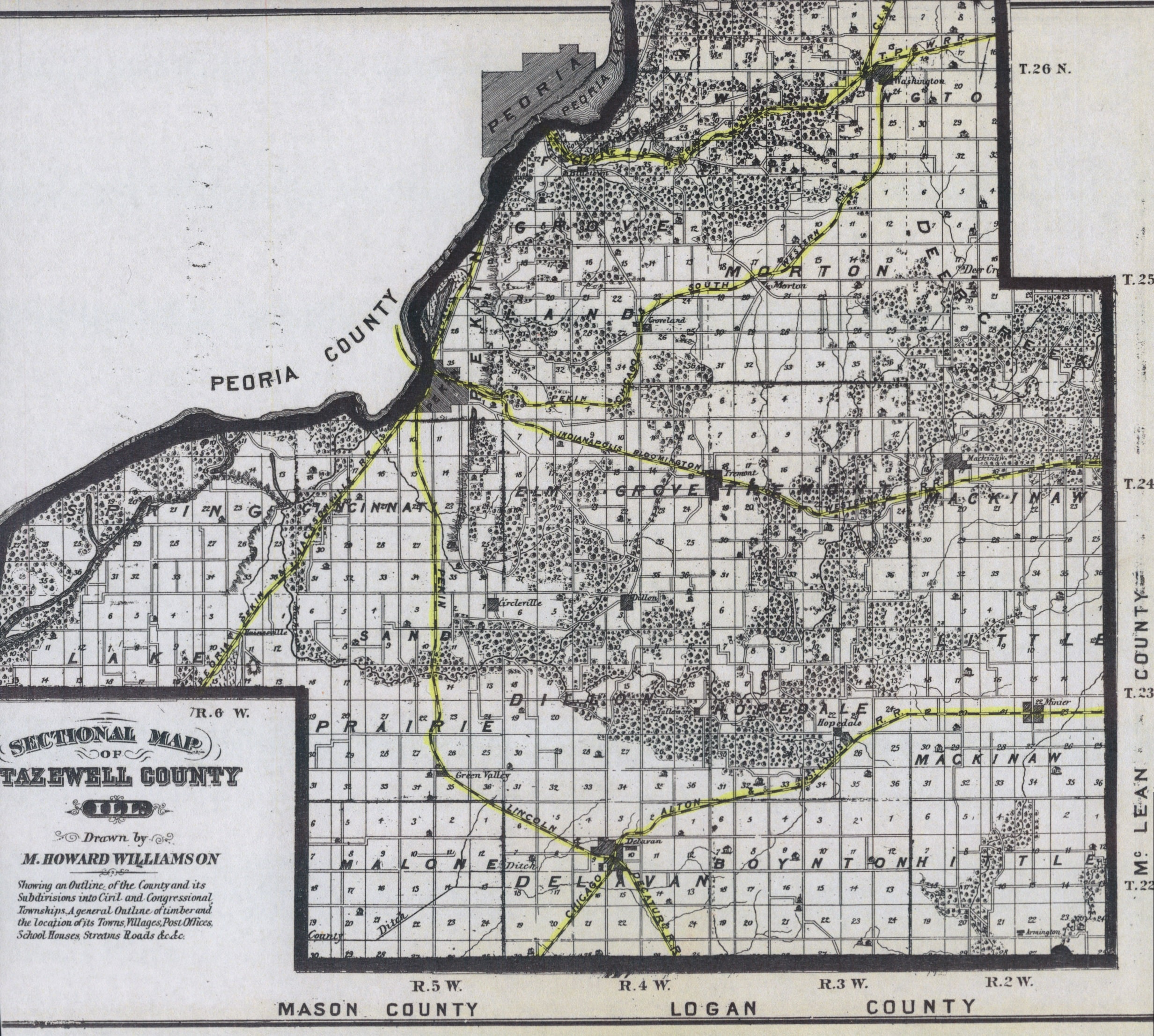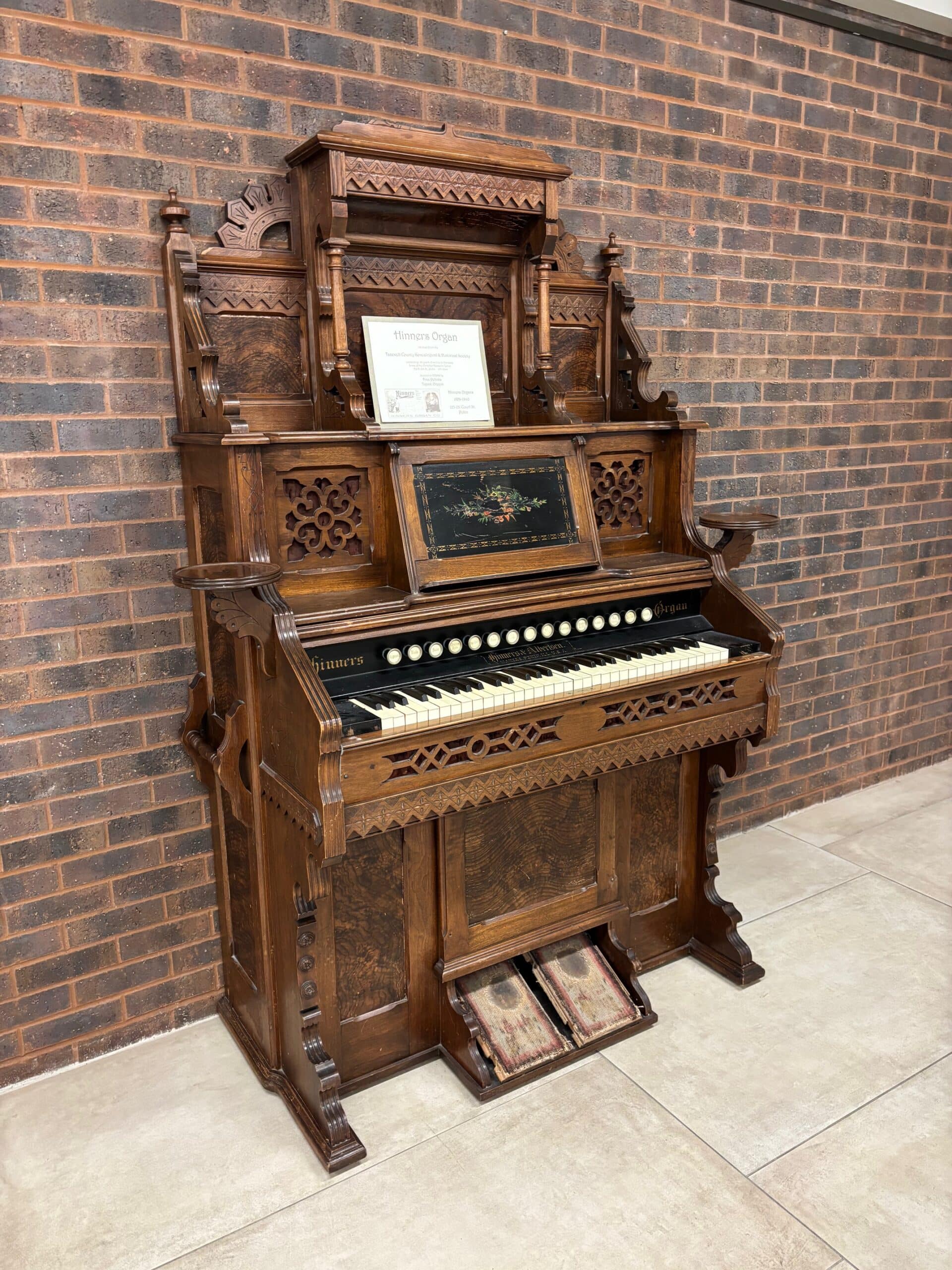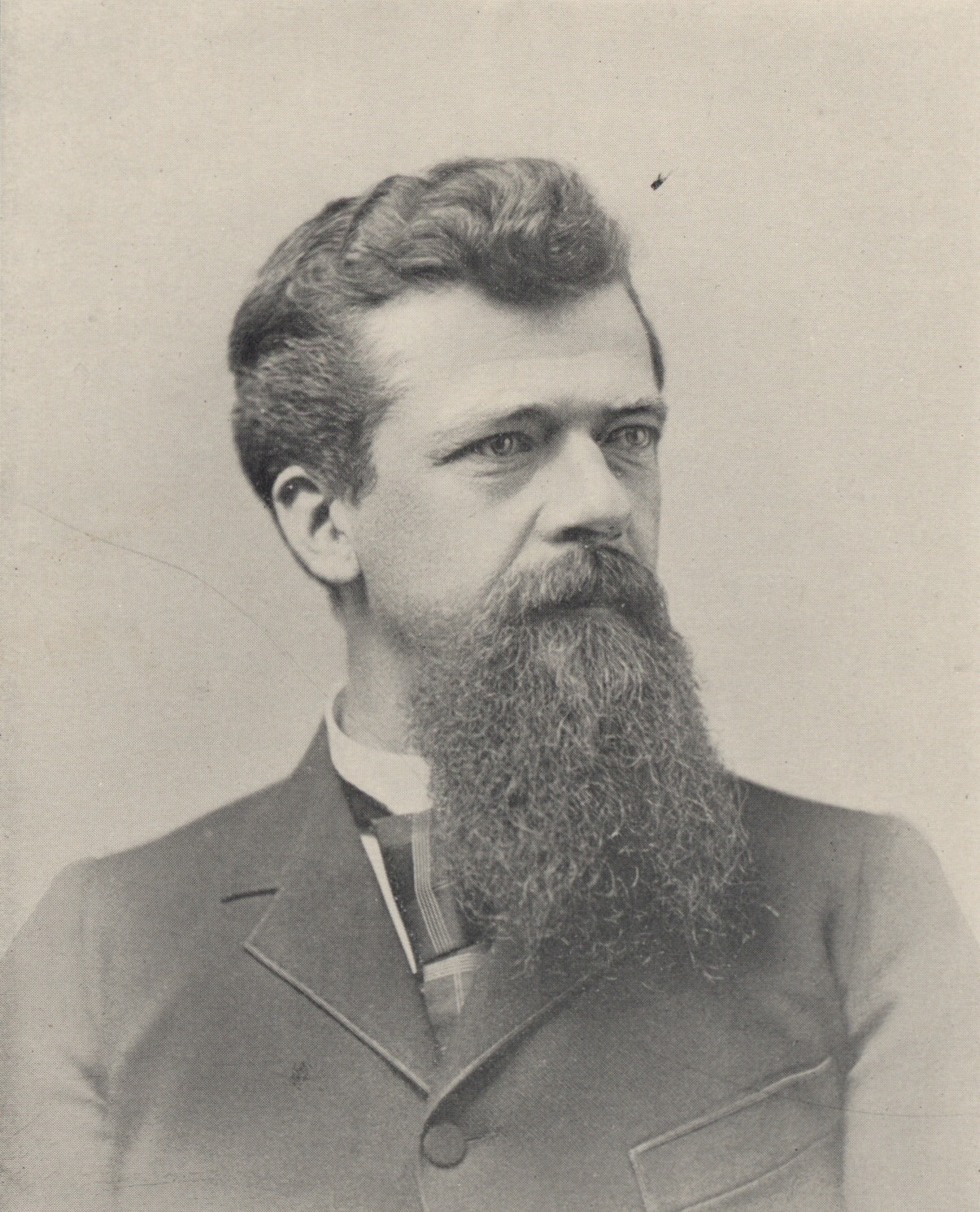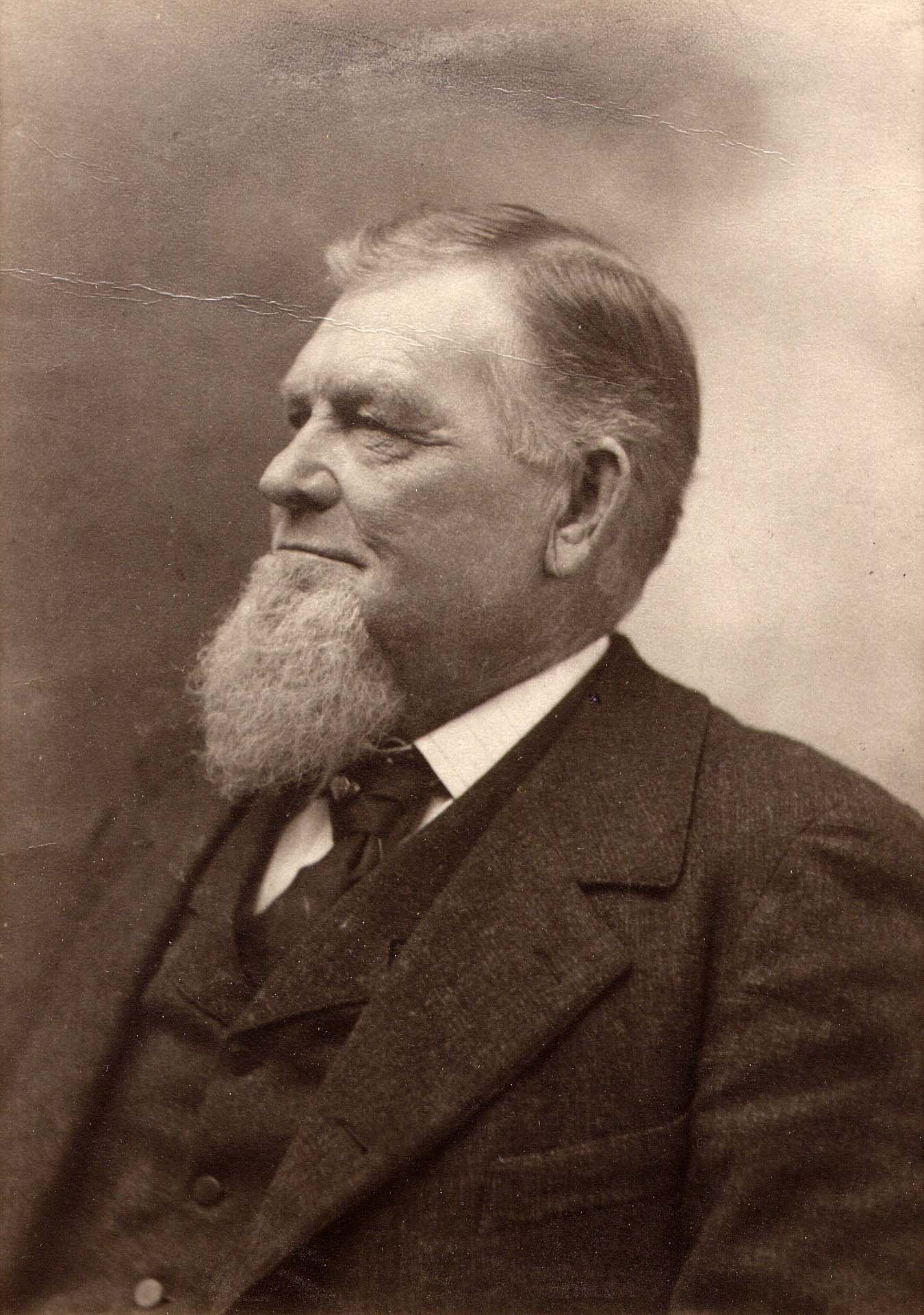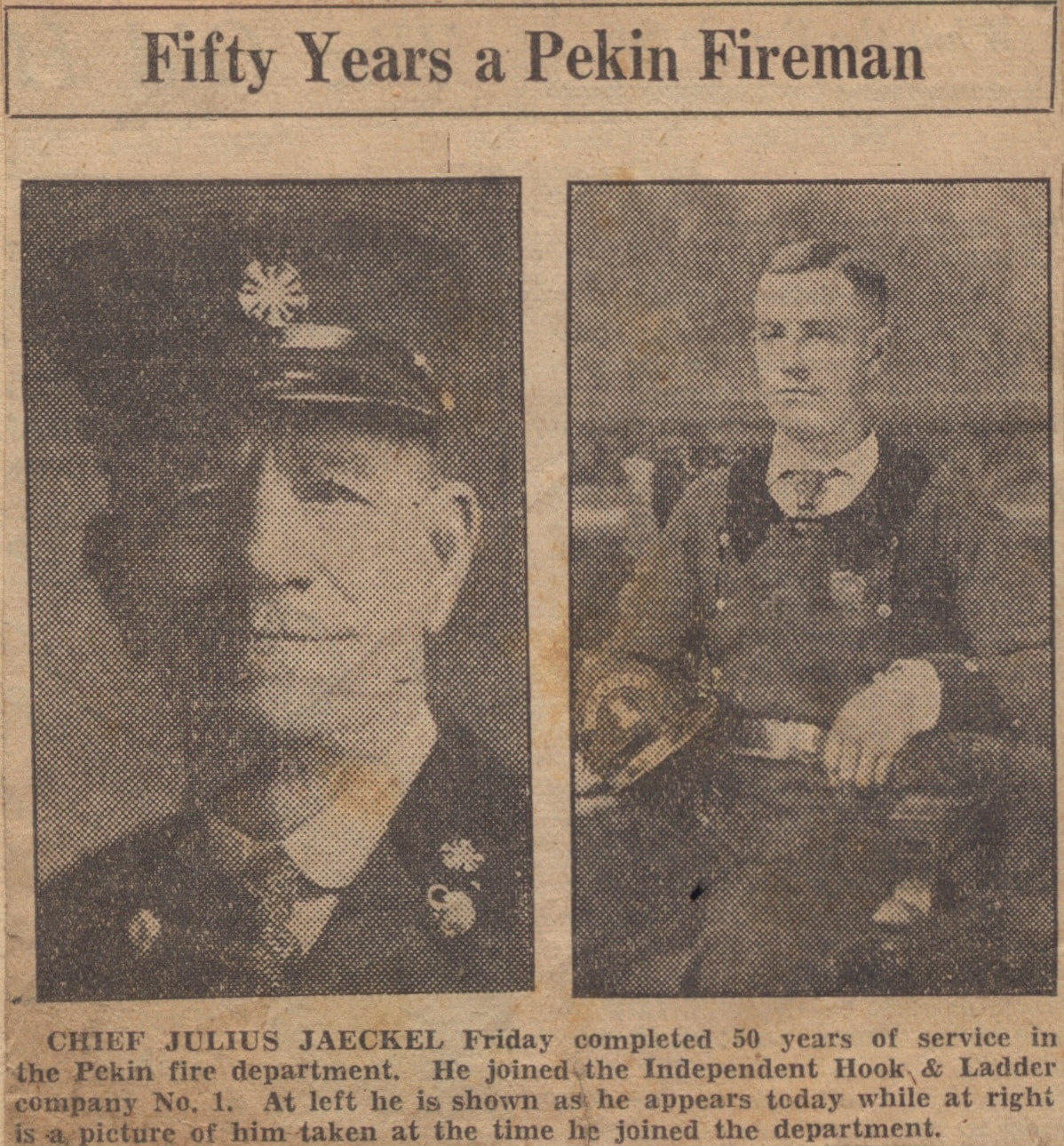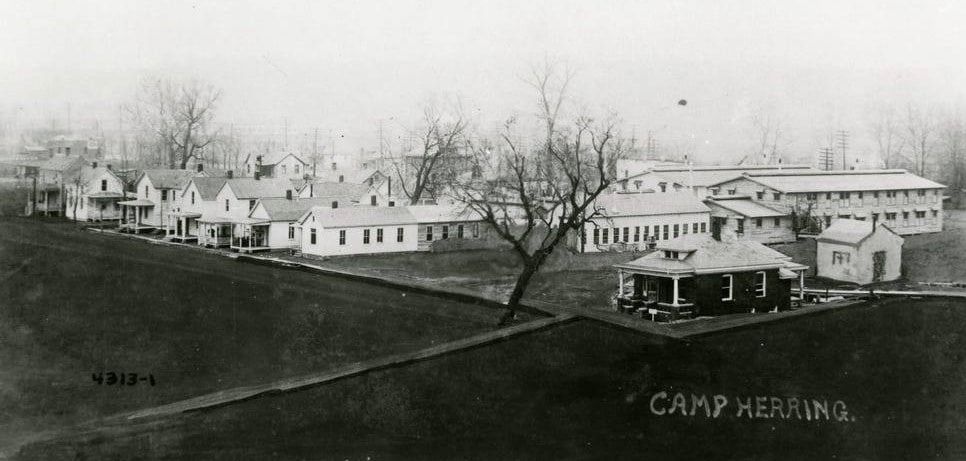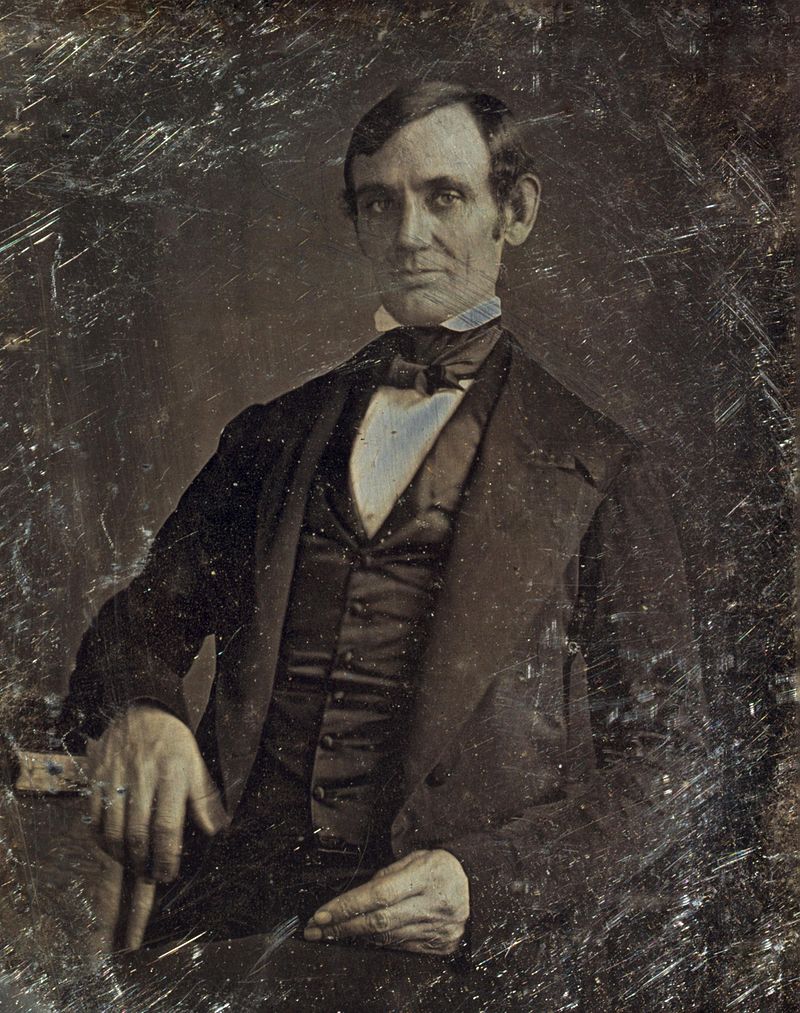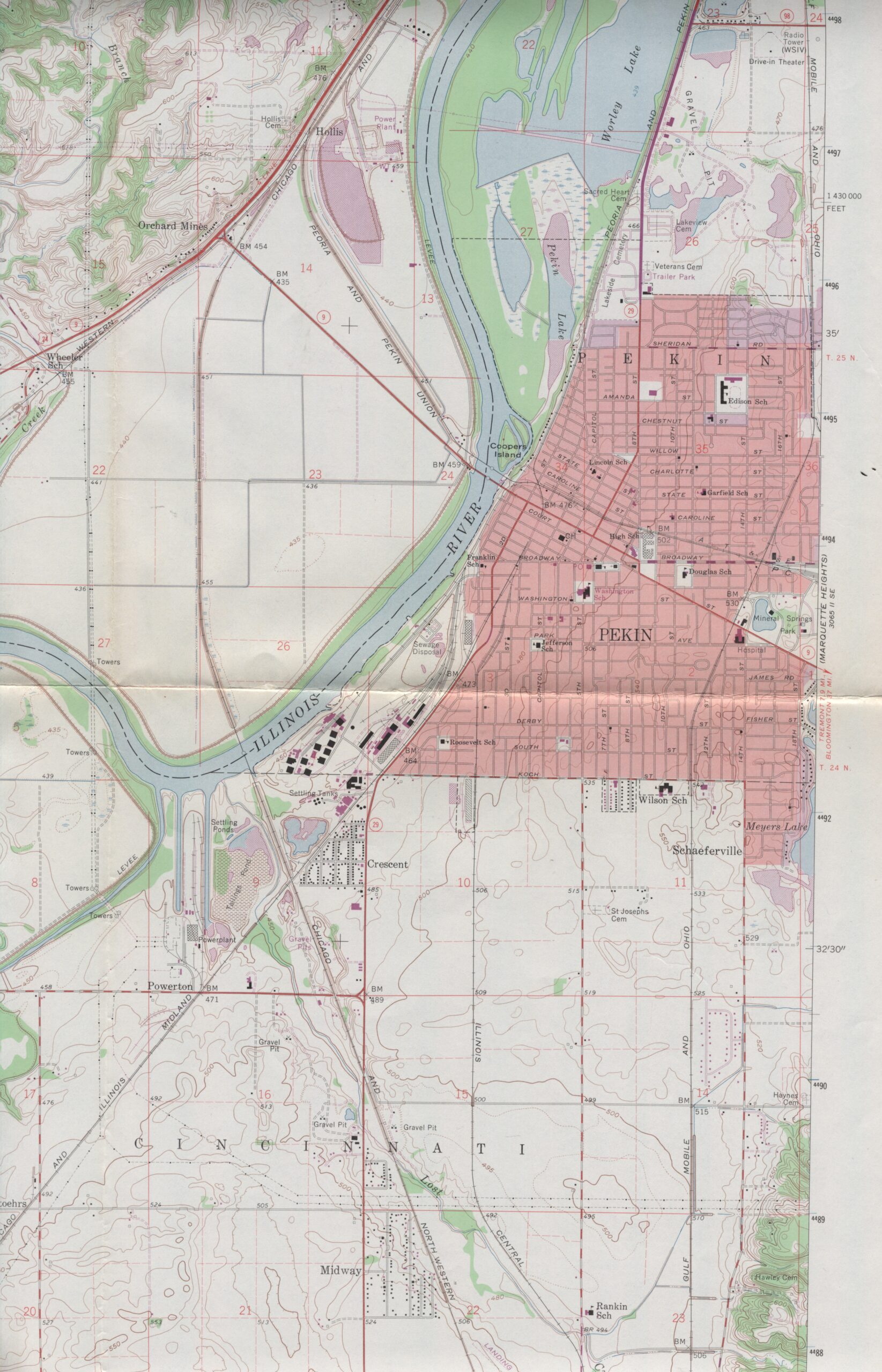On Friday, Sept. 7, at 11 a.m., in the Pekin Public Library Community Room, the library will have a showing of a video about Pekin trains, featuring footage of the old Chicago & Illinois Midland Railroad. The video, which is about 30 minutes in length, is a part of the library’s Illinois Bicentennial Series.
During the first few decades following Illinois’ admission to the Union in 1818, the new state’s growth in population and wealth was in large part driven by steam power. Initially, as indicated in last week’s From the History Room column, men and goods were transported along the waterways and canals of Illinois using riverboats, whether steamers or packet boats.
But steam-powered rail (invented in Britain in 1804, three years before Robert Fulton’s first steamboat) would soon challenge and then eclipse steamboats as the preferred means of long-distance transportation of good and people. While Illinois’ steamboats were restricted to rivers, railroad tracks could be laid across long stretches of country, crossing rivers and streams and even climbing through mountain passes.

The groundwork for the railroad’s eclipse of riverboat transportation in Illinois was laid at a time when river transportation was preeminent. In Tazewell County, interest in laying down a rail line had already arisen by the mid-1830s, but the first attempts to build a railroad in our county were abortive. Here how those efforts are described on page 732 of Charles C. Chapman’s 1879 “History of Tazewell County”:
“Among the very first charters granted to railroads, perhaps the second one, by the State of Illinois, was the one granted to the Pekin & Tremont Railroad. This company was incorporated by the Legislature, Jan. 13, 1835. Madison Allen, Harlan Hatch, J. L. James, John H. Harris, George W. Brodrick and Aronet Richmond were constituted a body corporate, with capital stock of $50,000, for the purpose of building said road. It ran, according to the charter, from Pekin to Tremont, in this county. The company was given the power ‘to erect and maintain toll houses along the line.’ The road bed was graded and track partially laid, but the hard times of 1837 and the failure of the grand internal improvement scheme of the State put a stop to further progress on the P. & T. road. About a year after the P. & T. road was chartered a grander scheme was undertaken, and the Legislature incorporated the Pekin, Bloomington & Wabash Railroad, Feb. 16, 1836. This was a continuation eastward of the P. & T. road. Considerable enthusiasm was at first manifested in regard to the matter, but, like many other railroad schemes, it was never carried out.”
Pekin’s pioneer historian William H. Bates told of continued efforts to get a railroad line to Pekin in his narrative of Pekin’s early history that was included in the 1870-71 Sellers & Bates Pekin City Directory. The following excerpts from Bates’ narrative demonstrate that Pekin’s city officials were willing to commit great sums of public funds to railroad projects, which were necessarily massive and expensive undertakings.
“On the 3d of June, 1853, the City Council ‘engaged to use its means and credit to the amount of one hundred thousand dollars to co-operate with the city of Canton, Fulton county, to secure the construction of the Mississippi and Wabash Railroad,’ provided said road was located so as to pass through the city of Pekin.” (Bates, page 32)
“On the 8th of September [1856], the Council ‘Resolved, That the city of Pekin, as a stockholder in the Mississippi Railroad Company, give their consent to the consolidation of the Mississippi and Wabash Railroad Company with the Pekin and Bloomington Railroad Company.’ . . . On the 23d of October the city decided by a vote of three hundred and one votes for and five against, to subscribe one hundred thousand dollars to the capital stock of the Illinois River Railroad.” (Bates, page 36)
For all that trouble, it wasn’t until 1859 – less than two years before the Civil War – that Pekin finally saw rails being laid. The city’s leaders thought that was worth celebrating, so Pekin’s Fourth of July celebrations that year included a joyous – and hopeful – inaugural ceremony of the driving of the first spike, as Bates tells:
“On the 4th day of July, 1859, the first rail was laid and the first spike driven on the prospective Illinois River Railroad. This was a gala day, full of momentous events for the future, and the birth-day of unnumbered hopes and anticipations yet to be realized. The leading citizens participated in celebrating the new enterprise on such an auspicious day as the Fourth of July.
“The road was never really completed until it passed into the hands of the present company, when the name was changed, and it is now the flourishing and well-managed Peoria, Pekin and Jacksonville Railroad.” (Bates, page 38)
Not only because it cost so much to build and operate a railroad, but also due to the interruption of the Civil War, most of Tazewell County’s railroad companies did not become fully operational until the latter 1860s. What had begun as the abortive Pekin & Tremont Railroad Company in Jan. 1835 later was taken up as a part of the Indianapolis, Bloomington & Western Railway in Aug. 1869, a road that stretched 202 miles from Indianapolis to Pekin (later being extended to Peoria).
Similarly, the Illinois River Railroad Company, whose first spike in Pekin was driven on July 4, 1859, eventually became the Peoria, Pekin & Jacksonville Railroad Company. Chapman’s Tazewell County history includes historical accounts of that company as well as the Indianapolis, Bloomington & Western Railway and five other railroad companies that had lines through Tazewell County: the Chicago, Alton & St. Louis Railroad, the Pekin, Lincoln & Decatur Railway, the Toledo, Peoria & Warsaw Railroad, the Illinois Midland, and the Chicago, Pekin & Southwestern Railroad.
The investors, directors, and employees of these railroad companies were among the preeminent men of Tazewell County and central Illinois – such as Benjamin S. Prettyman, Teis Smith, John B. Cohrs, James M. James, Gordis R. Cobleigh, or Columbus R. Cummings. A review of the names on the boards of directors of the early railroad companies will, not surprisingly, show many of the same names showing up on the lists of city mayors, aldermen, and successful businessmen and local attorneys.


